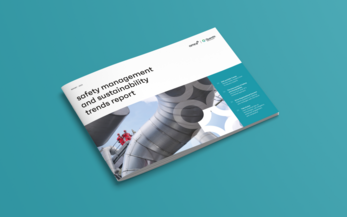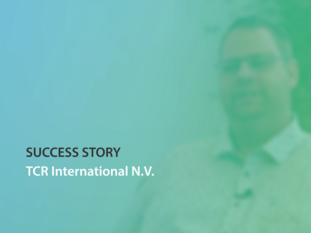3 minutes09/26/2017
Written by Karri Takki
Every company of a decent size needs an assigned safety person, and this is often an internally appointed safety manager. They may be full or part-time, and they are expected to ensure the company remains compliant in all practices, set safety KPIs, and draft regular reports on the number of incidents occurring within your organisation.
However, the role of safety manager isn’t always an easy job. They may have no support team and a limited budget or be viewed as a nuisance by other members of staff. At worst, some may consider them an obstruction, slowing down their ability to do money-making work.
But before you get rid of safety personnel, it’s worth considering why they have such a difficult time within your business. Much of the time it is because they lack the necessary resources to do an effective job, or they are flying alone flag when it comes to creating a safety culture. Addressing these issues can make your workplace a much more collaborative – and safer – environment.
How to build a safety culture
Cultural change comes from the top, so your senior team has the opportunity to lead from the front when it comes to improving workplace safety. Leaving the safety manager to carry out and process inspections on their own will create an environment where they are reacting to situations and pointing out mistakes, but changes are not always being implemented as a result of their inspections.
A more productive solution is to encourage project and production managers (and ultimately their teams) to start observing and reporting safety matters as part of their job; removing the burden on your safety manager to continually carry out solo inspections and draft reports. In an ideal world, everyone from blue-collar workers to top-level management should become a safety manager within their role.
Helping your safety manager to work more effectively
With safety reporting becoming a real team effort, your safety manager will be in a position to focus on other tasks. To improve conditions further, that safety manager should be given the modern safety solutions needed to analyse data and make effective recommendations.
Rather than relying on generic checklists and manual spreadsheets, safety managers need the technology to collate information and generate trend reports on how your business protocol affects safety.
By creating a safety culture, in which everyone plays their part, your business will generate a much larger volume of useful data. Multiple safety walk reports, job safety analyses and observations can be flowing in at the same time, and the safety manager can process these findings to isolate and mitigate risks to your organisation.
More importantly, they can spot these risks and make safety improvements much quicker than if they were tasked with carrying out all inspections and reporting on their own.
Creating a company of safety managers
To ensure that safety really does come first within your business, it is important to engage employees at all levels; everyone should bear the responsibility of safety management, rather than viewing compliance as a nuisance or obstruction.
Within this culture, your safety manager will be viewed as an expert in the field, helping team leaders and senior management to lead workplace safety improvements. In addition to analysing data and making recommendations, they will also play an on-going role in educating and training the wider workforce.
And with greater support across the business, your safety manager will have time to investigate new technologies and techniques that can assist with enhancing business safety protocol. For example, in the not-too-distant future, companies will be investing in sentinels and drones to collect data from the field, and Artificial Intelligence (AI) assistants to process the vast amount of data your business is generating.
This is part of a wider global trend in which repetitive, everyday tasks will be automated by machines, rather than manually calculated by humans. Then the workforce – including safety managers – will be free to spend time on creative tasks and person-to-person interactions, where they can add the most value.



